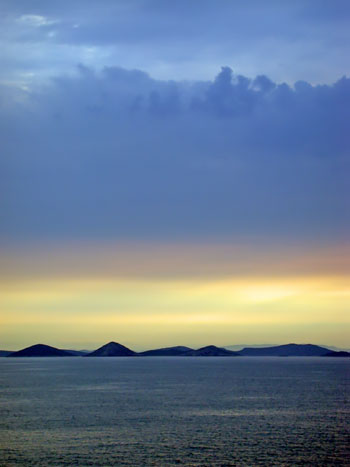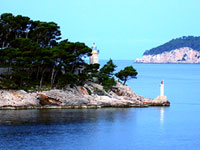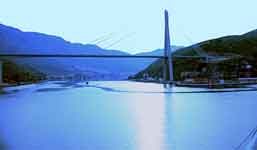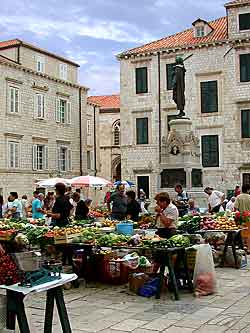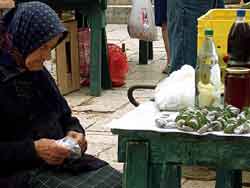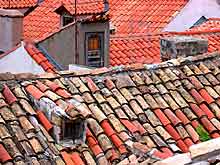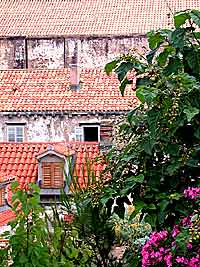Wednesday 5 June: Dubrovnik, Croatia

Dubrovnik.
Who cannot remember the television images of its shelling in 1991 during the civil war in the former Yugoslavia? Over 2000 shells hit Dubrovnik. Of the 824 buildings in Old Town, two-thirds were hit, leaving gaping holes in their tiled roofs. There were 111 direct hits on the great wall, and 314 direct hits on building facades and the paving stones of streets and squares. Nine historic palaces were destroyed by fire, and many others sustained severe damage.
Much of the damage has been repaired but some ruins remain visible from atop the great wall. And a number of buildings have had their facades repaired but still are little more then rubble inside. But, all-in-all, the rebuilding and restoration of this ancient city has progressed splendidly. Much of its original grandeur has returned.
We entered Old Town through Pile Gate, under a statue of the city's patron saint (St Blaise) which is set in a niche above the arch. Directly ahead is the Placa, a wide pedestrian promenade which stretches from the gate almost to the harbor. It is lined with shops and restaurants, St Saviour Church, a Serbian Orthodox Church and a Franciscan monastery. At the end of the promenade is the tall Clock Tower and Orlando's Column, carved in 1417, the site where festivals took place and edicts were announced.
We walked under an archway in the old town wall to the harbor. A few small boats were departing but it was a quiet scene.
Not so the nearby morning market. Vendors were showing off their produce and negotiating with local buyers. Fruit seemed to be popular with the tourists.
Further on we took a look at the Cathedral of the Assumption of the Virgin, a baroque structure built after the 1667 earthquake. In front of the cathedral was a pile of rubble, another reminder of the civil war.
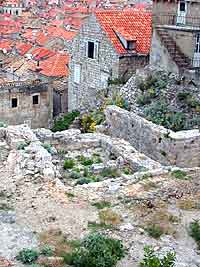
|
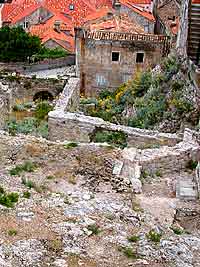
Click here to enlarge |
|
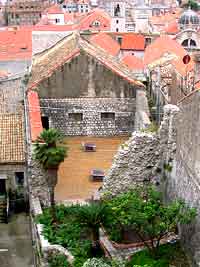
Click here to enlarge |
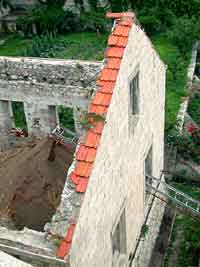
Click here to enlarge |
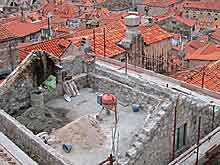
Click here to enlarge |
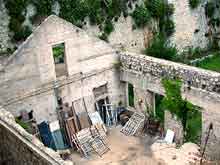
Click here to enlarge |
